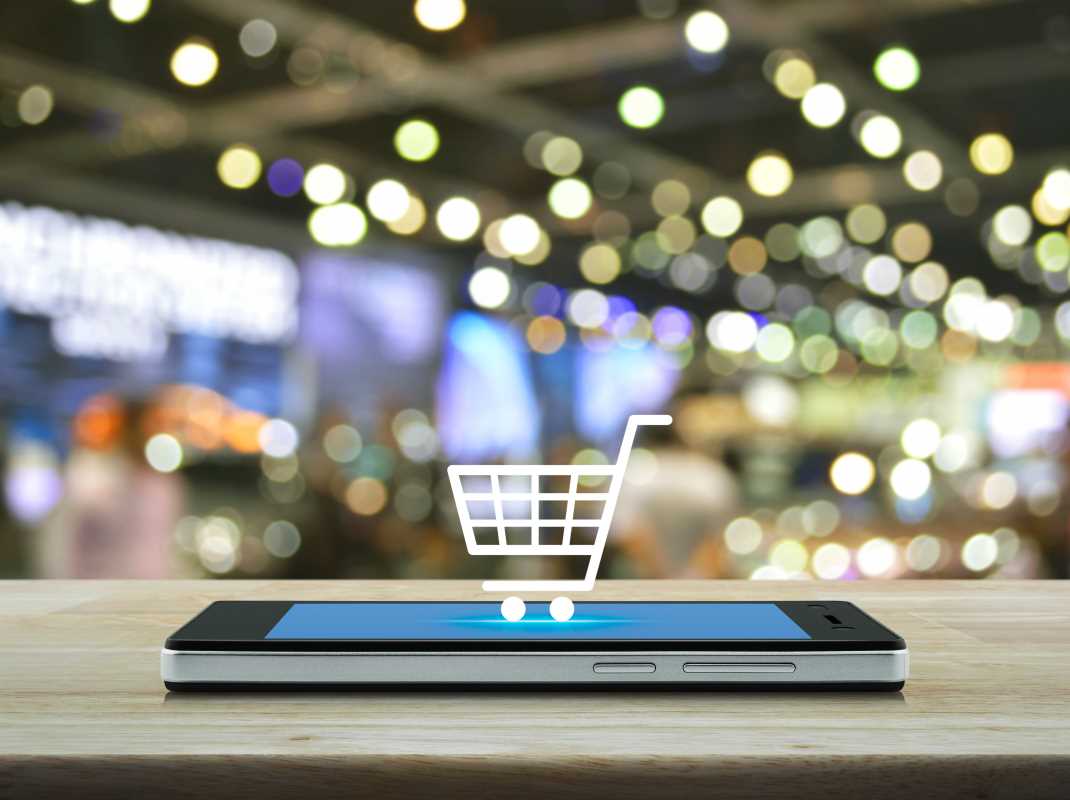The Internet of Things (IoT) has become an essential tool for entrepreneurs seeking to enhance asset management and streamline operations. By leveraging IoT, businesses are able to track, analyze, and optimize assets in real time, leading to cost savings, efficiency gains, and better decision-making. This technology is no longer a vision of the future but a proven, real-world solution used in industries ranging from retail to manufacturing.
This guide provides actionable tips based on verified IoT implementations and tools that entrepreneurs can adopt to gain tangible results.
1. Streamline Inventory Management with Smart Sensors
Accurate inventory management is critical for retail and supply chain businesses. IoT-enabled RFID (Radio-Frequency Identification) tags and barcode tracking systems have proven to simplify this process significantly. These technologies automate stock monitoring and reduce the reliance on manual intervention.
Leading grocery retailer Walmart uses IoT with RFID tags to monitor product movement across its supply chain. By embedding RFID tags on goods, stock levels are updated in real-time as items are scanned throughout the logistics process. This ensures shelves are stocked efficiently while reducing overstocking challenges.
Entrepreneurs in smaller retail setups can integrate RFID tag systems with IoT-driven inventory software like Zebra Technologies or Honeywell. These systems notify business owners when supplies are low or nearing expiration, ensuring timely reordering.
Implementation Tip:
Deploy IoT-enabled sensors in warehouses or store shelves to track stock levels. Adopt scalable systems such as Zebra’s RFID solutions for seamless integration, even with basic warehouse setups.
2. Reduce Downtime with Predictive Maintenance
For entrepreneurs reliant on machinery, unplanned downtime due to equipment failure can have a serious financial impact. IoT-powered predictive maintenance tools allow businesses to monitor machinery and forecast potential failures before they occur, saving significant resources.
GE Aviation, a division of General Electric, uses IoT-based sensors to monitor aircraft engine performance in real time. Data collected from engine components, such as temperature and vibration, is analyzed to predict wear or potential failures. This approach allows maintenance teams to replace parts before they fail, ensuring optimal engine performance and preventing costly disruptions.
Small manufacturers can use predictive maintenance platforms like IBM Maximo Application Suite. These systems analyze sensor data from equipment such as motors, compressors, or conveyor belts, providing alerts if performance dips below acceptable thresholds.
Implementation Tip:
Install IoT diagnostics sensors to monitor machine health (e.g., temperature or vibration). Start with smaller-scale solutions such as Siemens MindSphere to evaluate ROI before scaling to advanced platforms.
3. Optimize Fleet Operations with GPS Tracking
Managing vehicle fleets requires real-time data on their location, fuel consumption, and performance. IoT-enabled GPS trackers provide actionable insights that optimize fleet usage and reduce operational inefficiencies.
FedEx employs IoT-powered telematics in its delivery trucks to monitor vehicle health, track routes, and optimize fuel consumption. By using GPS tracking integrated with route planning tools, FedEx reduces delivery times and ensures efficient asset allocation. Additionally, their system identifies wear and tear on vehicles, scheduling maintenance proactively.
Entrepreneurs operating smaller fleets can adopt solutions like Samsara or Verizon Connect to track vehicle location, driver behavior, and fuel efficiency. GPS data can be used not only to optimize routes but also to improve delivery time estimates and enhance overall customer satisfaction.
Implementation Tip:
Attach IoT-enabled GPS trackers like those offered by Samsara to each vehicle in your fleet. Analyze trends in idle time or inefficient routes and optimize accordingly to reduce fuel expenses and improve delivery performance.
4. Maintain Energy Efficiency with IoT-Connected Systems
For businesses managing warehouses, offices, or retail spaces, IoT-driven systems like smart thermostats and energy monitors optimize energy usage by adjusting settings in real time based on environmental conditions.
Amazon leverages IoT in its fulfillment centers to automate climate control and lighting systems. IoT sensors embedded in these facilities monitor temperature and occupancy, enabling smarter energy use and reducing utility consumption without compromising workspace conditions.
For smaller businesses, IoT systems like EcoStruxure by Schneider Electric offer a plug-and-play solution to monitor HVAC systems and energy consumption. These tools can reduce monthly utility bills significantly while promoting sustainable operations.
Implementation Tip:
Deploy smart IoT devices such as Nest thermostats or IoT-capable HVAC systems. Set thresholds for automatic adjustments that align with peak operation schedules or real-time occupancy data.
5. Secure Assets Using IoT-Based Surveillance
Protecting valuable assets and sensitive business data is essential, especially for startups and small businesses. IoT-enabled security systems provide round-the-clock monitoring while offering remote access control.
Bank of America utilizes IoT-powered surveillance systems in its branches, where IoT-connected cameras and motion sensors detect unauthorized access. Alerts are sent to security teams immediately, and feeds can be monitored from centralized locations.
Entrepreneurs can integrate IoT solutions like Arlo cameras or Kisi’s smart-lock systems to protect buildings and assets. These systems provide live video feeds directly to a smartphone or computer, while motion alerts ensure that malicious activity is caught early.
Implementation Tip:
Install IoT-enabled motion sensors and cameras in critical areas like entry points, safes, or storage rooms. Use applications like Kisi to allow remote unlocking or locking capabilities to authorized personnel.
6. Use Centralized IoT Dashboards for Data Insights
Collecting data from multiple IoT devices is only useful if it can be reviewed and acted upon in a meaningful way. IoT platforms with centralized dashboards enable entrepreneurs to analyze insights from sensors, vehicles, and connected devices on a single screen.
John Deere uses IoT to monitor thousands of its agricultural machines worldwide. Each machine collects and streams data about soil moisture, seeding rates, and fuel efficiency to a centralized cloud dashboard. Farmers use this dashboard to optimize planting schedules, improve fuel consumption, and adjust to weather patterns.
Entrepreneurs in industries like logistics or manufacturing can benefit from similar IoT data aggregation tools such as Microsoft Azure IoT Central. These solutions analyze trends, identify inefficiencies, and suggest actionable improvements.
Implementation Tip:
Invest in IoT platforms such as Azure IoT, tailored to aggregate and visualize metrics relevant to your operations. Use these dashboards to prioritize maintenance, energy efficiency, and critical production schedules.
7. Ensure Supply Chain Transparency
IoT creates transparency across supply chains by enabling real-time tracking of goods from production to final delivery. This is particularly useful for entrepreneurs managing complex multi-location logistics or international shipments.
Maersk uses IoT-powered smart containers to monitor the condition and location of goods in transit. By incorporating IoT temperature sensors in containers, pharmaceutical companies ensure that time-sensitive cargo such as vaccines remains within required temperature ranges during transportation.
Entrepreneurs in smaller logistics businesses can use IoT trackers from companies like Tive to monitor temperature, location, and condition of goods in transit.
Implementation Tip:
Equip shipments with IoT condition-monitoring sensors to track critical variables like temperature, humidity, and handling. Analyze transit data to refine shipping routes and delivery practices.
Start by identifying areas in your business where IoT can add the greatest value. Experiment with scalable solutions tailored to your industry, and build on initial successes. With IoT, the possibilities span industries and business sizes, opening avenues to better resource allocation, data-driven decision-making, and sustainable growth.
 (Image source: Midjourney)
(Image source: Midjourney) 



.jpeg)

